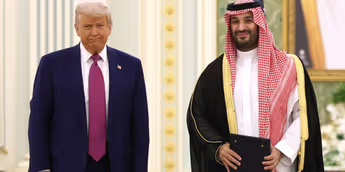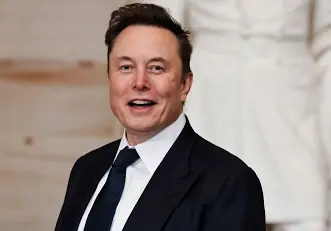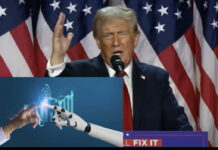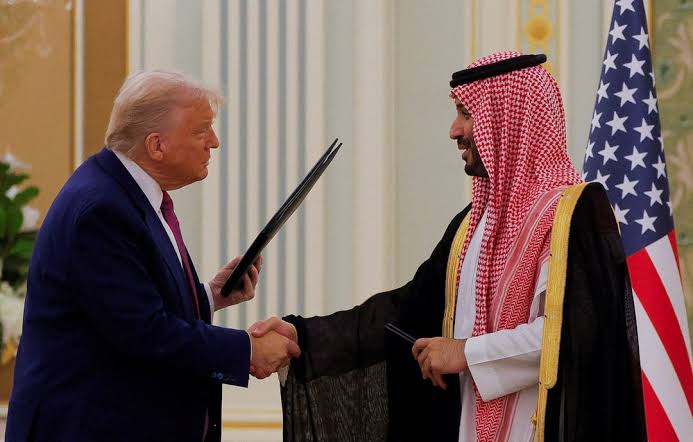In May 2025, the U.S. President Donald Trump embarked on a significant visit to Saudi Arabia, aiming to redefine the future of the Middle East through economic collaboration and technological advancement. Central to this initiative was the Saudi-U.S. Investment Forum in Riyadh, where Trump, alongside prominent tech leaders like Elon Musk, engaged with Saudi officials to foster a new era of partnership focused on innovation and development.

A Strategic Pivot Towards Economic Collaboration
Traditionally, U.S.-Saudi relations have been anchored in oil and defense. However, this visit marked a deliberate shift towards economic and technological cooperation. Trump emphasized a vision where the Middle East is characterized by commerce over conflict and innovation over extremism, stating the goal of building cities together rather than engaging in destructive conflicts.
Major Technological and Economic Agreements
The forum witnessed the announcement of several significant deals:
Artificial Intelligence and Semiconductors: Nvidia agreed to supply at least 18,000 GPUs to Saudi Arabia’s AI venture, Humain, with plans for further expansion. AMD committed to a $10 billion investment in joint AI infrastructure projects.
Cloud Computing and Data Centers: Amazon Web Services announced a $5 billion investment in an AI Zone in Saudi Arabia, while Supermicro signed a $20 billion deal with DataVolt to develop data centers across Saudi Arabia and the U.S.
Satellite Internet and Robotics: Elon Musk’s Starlink secured a deal to provide satellite internet services for maritime and aviation sectors in Saudi Arabia. Additionally, Musk showcased Tesla’s Optimus robots during the forum.

Advancing Saudi Arabia’s Vision 2030
These collaborations align with Saudi Arabia’s Vision 2030, an ambitious plan to diversify its economy and reduce dependence on oil. The involvement of U.S. tech giants signifies a mutual commitment to fostering innovation and economic growth in the region.
Geopolitical Implications and Future Prospects
The visit also had broader geopolitical implications. By strengthening economic ties and technological partnerships, the U.S. and Saudi Arabia aim to promote stability and prosperity in the Middle East. However, these developments have also sparked discussions about the balance between economic interests and national security, particularly concerning the export of advanced technologies.
Conclusion
Trump’s visit to Saudi Arabia and the subsequent agreements underscore a transformative approach to U.S.-Middle East relations, focusing on economic collaboration and technological innovation. This strategic pivot holds the potential to redefine the region’s future, emphasizing shared prosperity and development over historical conflicts.

![[Galaxy Unpacked 2025] A First Look At The Galaxy Z Fold7](https://www.techquery.ng/wp-content/uploads/2025/07/EC5C9262-C536-4F53-BAB3-5B53771FD5F6-183x150.png)











































